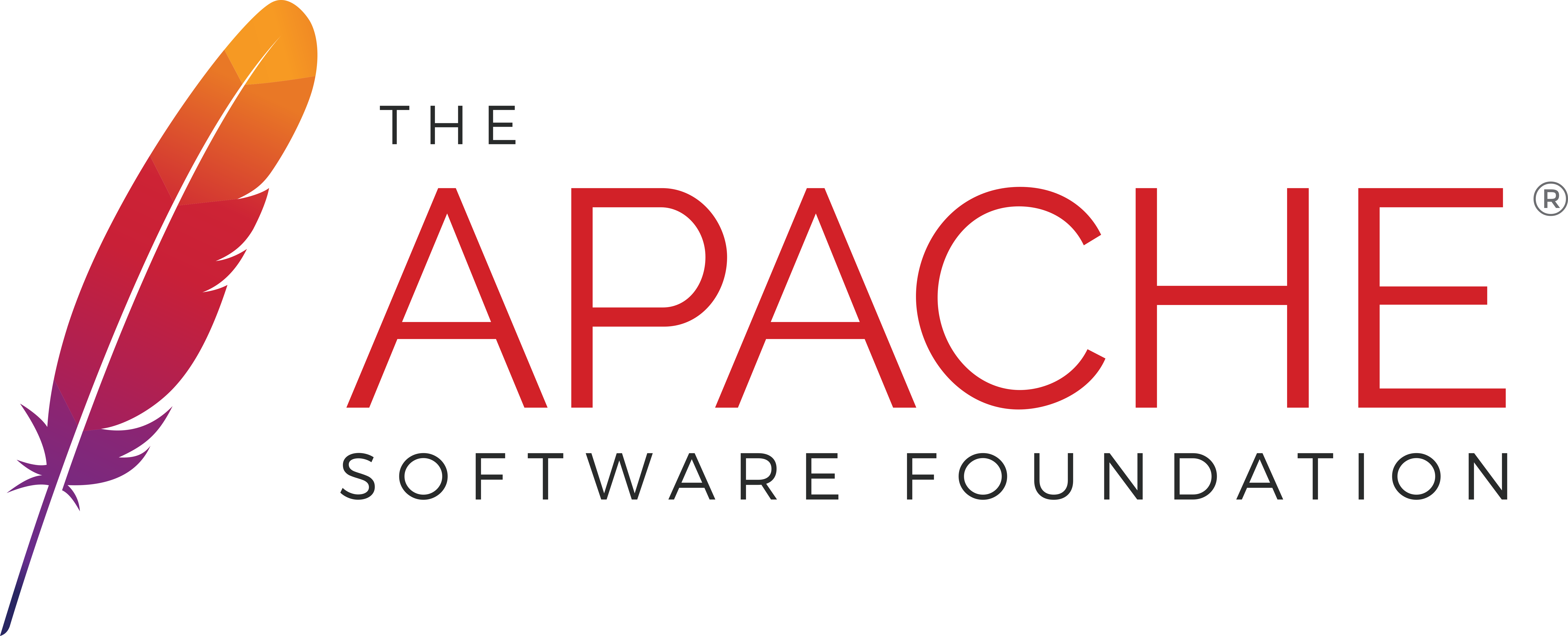Anyone Can Contribute!There are many ways you can help make ServiceMix a better piece of software - please dive in and help! Surf the documentation - if somethings confusing or not clear, let us know or even edit it yourself. The documentation is maintained under version control. Depending on what you are interested in editing, you should follow the corresponding instructions: Download the code, try it out, and see what you think. Browse the source code. Got an itch to scratch, want to tune some operation or add some feature? Anyone can dive right in. Want to do some hacking on ServiceMix? Try surfing the our issue tracker for open issues or features that need to be implemented, take ownership of an issue and try to fix it. If you'd rather have a more gentle introduction to working on the ServiceMix project, look at the unit tests cases and help us to improve our test coverage. Apache CommittersApache committers are allowed write access to the ServiceMix sandbox. This makes it easy to collaborate with us on components or integration efforts with other Apache projects. Simply create a directory with your Apache userid and branch the code you want to work on. Create a Jira issue with a description of the work and use this Jira ID in the comments for your commits. The work history will now appear in the Fisheye and Subversion Commits tabs of the Jira issue. Getting In TouchThere are various ways of communicating with the ServiceMix community.
If You Find a Bug or ProblemPlease create a new issue in the JIRA issue tracker Creating a JIRA Issue
If you can create a JUnit test case then your issue is more likely to be resolved quicker. The best way to start is to take a look at some of the existing unit tests as examples. Then we can commit your test case along with your patch to Subversion so that we'll know that the issue its really fixed and we can ensure that it stays fixed in future releases. Submitting PatchesWe gladly accept patches if you can find ways to improve, tune or fix ServiceMix in some way. To submit a patch, please use the following steps:
Creating the PatchMost IDEs can create nice patches now very easily. If you're a command line person try the following to create the patch: diff -u Main.java.orig Main.java >> patchfile.txt or, if you're working against the code base checked out from the Subversion repository (this is the best way to work), then just use the svn diff command in the Subversion client. svn diff Main.java >> patchfile.txt Make Sure to Include All New Files in Your Patch If you're trying to include new files in your patch, make sure to do a svn add of those files before doing the diff. This will schedule the files for addition to the Subversion repository. Even if you don't have committer privileges you can do this. It will allow you to create a diff file that includes any new files you're contributing. A Tip For Creating Patches When creating a patch, making sure the patch filename ends in .txt will allow it to be easily viewed in a browser when it is attached to a JIRA issue. Using the Issue TrackerBefore you can create an issue in the JIRA issue tracker you need to register an account with it. This is quick and painless. If you want to have a go at fixing an issue you need to be in the list of servicemix-developers on the issue tracker. To join the group, please mail the dev@servicemix.apache.org mail list with the email address you used to register with the issue tracker and we'll add you to the group. Why not dive in and try tackle some of our outstanding issues? Becoming a CommitterThe first step is contributing to the project; if you want to take that a step forward and become a fellow committer on the project then see the page about Becoming a committer. |

